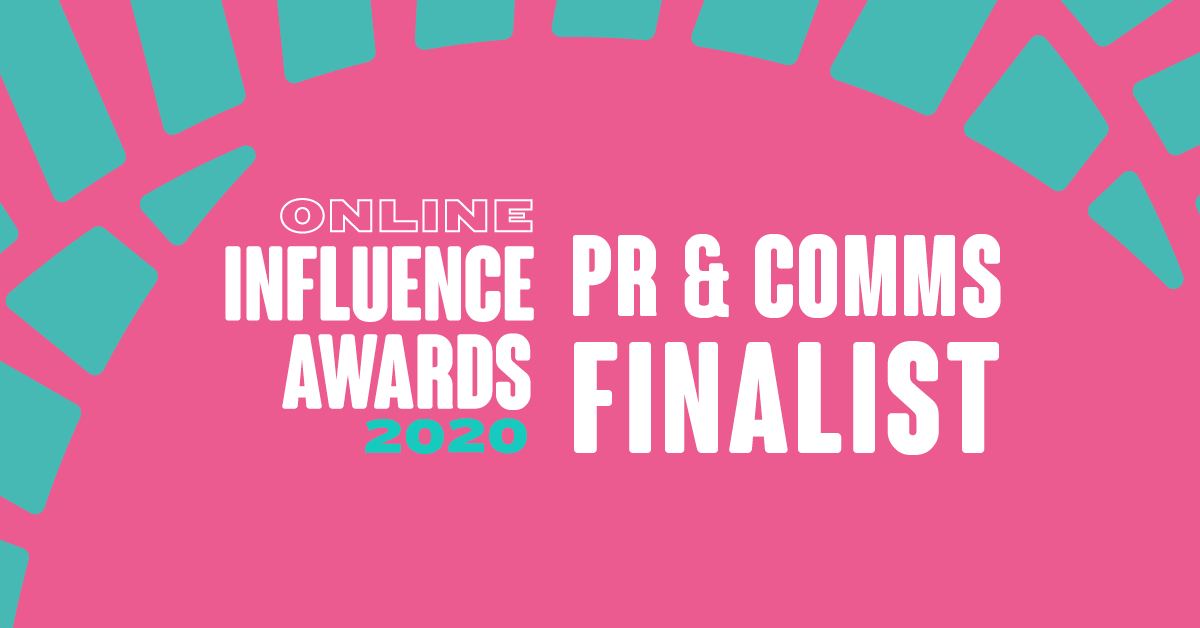Three years ago I would never have expected that I would be asked to write a second edition of my book Crisis Communication Strategies. At that point I was just pleased that I had managed to write my first book and was wondering how publication would happen as the pandemic started to emerge. But on Friday 3 March the revised edition is published and has much changed?
It may feel like just a few years have gone by but these have been more uncertain and turbulent times than at any point for many years. There have been many extreme weather situations, the terrible earthquake in Turkey and Syria, war in Europe, as well as a cost of living squeeze in many countries. All this has put how we communicate and respond in a crisis under the spotlight.
So, what is different? We need to consider how to communicate without access to the latest technology and with no access to electricity. I was struck by what Sergii Bidenko said in a recent 10 minutes with interview about his experiences of trying to work in Ukraine in the past year. The importance of back up systems, and using ‘old-fashioned’ methods of communication is evident. At the same time as we are learning what artificial intelligence can bring to communication in a crisis, we also have to be prepared to have nothing at our fingertips.
We have seen the dramatic impact that crises have and how they further disadvantage those who are already struggling. The cost of living situation now, and the pandemic recently, have shown that there is a disproportionate impact on those who already have the least. It really matters for us as communicators to recognise this, to consider how we communicate and importantly what we say. Telling people that they have to isolate from others in the home, which was stated during the pandemic, is fine if you have a home large enough to do that. And I could say more about telling people to eat turnips rather than salad, as a UK government minister did.
More recently the role of the Tik Tok influencer and the media in dealing with emergencies have been highlighted as issues for the crisis communicator. A crisis communication plan that doesn’t have social media and managing misinformation and disinformation outlined within it is not a complete plan. And communication teams have to be maintaining relationships with journalists and media organisations to help when a crisis does happen.
A lot has changed since before the Covid-19 pandemic and what matters is that we ensure we are keeping up to date so that we are ready for that moment when a crisis happens.
*Thanks to everyone who has helped me in the development of the second edition of Crisis Communication Strategies particularly my publishers Kogan Page.


